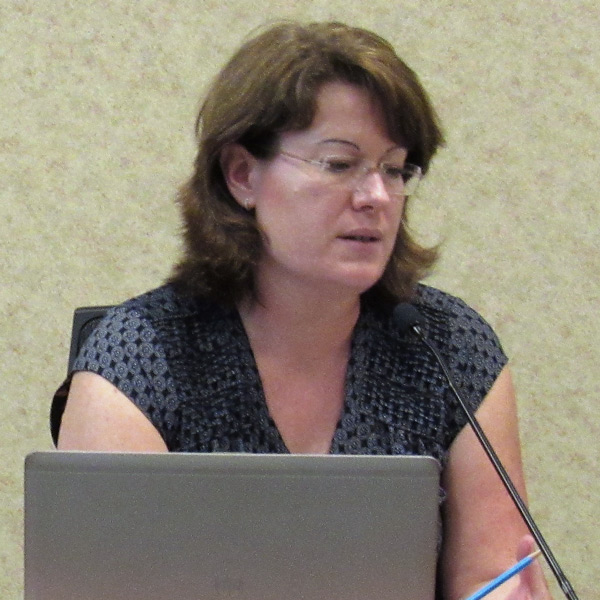By Robert Mullin
Phoenix-based Salt River Project (SRP) on Thursday signed an agreement with CAISO that puts the utility on track to join with the Western Energy Imbalance Market (EIM) in April 2020.

| Salt River Project
By linking up with the EIM, SRP will follow a course already charted by Arizona’s biggest utility, Arizona Public Service, which began trading in the West’s only real-time electricity market last October. (See Arizona Public Service, Puget Sound Energy Begin Trading in EIM.)
Publicly owned SRP is Arizona’s second largest electricity provider and the biggest supplier of water in the greater Phoenix area. It serves more than 1 million customers within a territory that covers more ground than the state of Delaware.
The utility estimates that it will save up to $4.5 million yearly by participating in the EIM.
“The EIM can help save money for SRP and its customers by providing real-time access to the lowest-cost resources across a significant portion of the Western grid,” John Coggins, SRP’s senior director of power delivery, said in a statement. “It will complement SRP-owned generating resources and energy purchases from the wholesale market.”

Theodore Roosevelt Dam
SRP controls about 9.5 GW of generating capacity, which includes the utility’s ownership of 3,461 MW of natural gas, a 688-MW share in the output from the Palo Verde nuclear plant and 745 MW of renewable generation, more than half of which is hydroelectric. The portfolio also includes 2,225 MW of coal-fired generation.
Perhaps most important for the EIM, which relies on having ample transmission capacity to prevent market separation, SRP offers key transmission assets that will improve transfer capability in the desert Southwest. Among them are 500-kV lines extending from Phoenix to points north and west, including to the Mead and Marketplace wheeling points near the California-Nevada border, the Navajo generating station in northern Arizona and the Palo Verde plant west of the city. Palo Verde, Mead and Marketplace all function as key pricing points for power wheeled into the Southern California market.
Under its agreement with CAISO, SRP will pay the ISO a $910,000 fixed implementation fee to cover preparations for EIM membership. Those include integrating SRP’s full network model into the market’s software, facilitating data exchange and performing market simulations leading up to the go-live date.
SRP will be the ninth balancing authority to join the EIM. Besides APS, current members include PacifiCorp, NV Energy and Puget Sound Energy. Portland General Electric is scheduled to begin trading in the market this October, followed next spring by Idaho Power. Sacramento Municipal Utility District and Seattle City Light are slated to join in April 2019, making them the first publicly owned participants.
CAISO estimates that the EIM has produced $142 million in gross benefits for its members since the market commenced operation in November 2014. The benefits represent either cost savings — for example, the reduced need for reserves and greenhouse gas credits — or increased profits from merchant operations. The market’s ability to reduce renewable curtailments also enables participants to collect renewable energy credits that would not otherwise be issued. (See EIM Benefit up 8% in Q4 with APS, Puget Sound Additions.)




